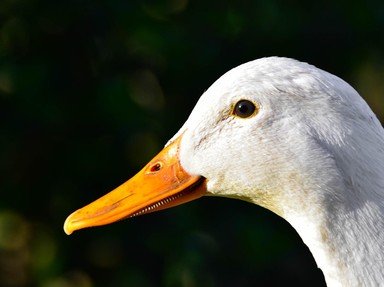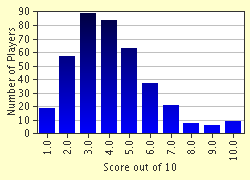Quiz Answer Key and Fun Facts
1. In Macbeth Act 1, Scene 7, Lady Macbeth says "Letting "I dare not" wait upon "I would", like the poor cat i' the adage." What's the adage?
2. We're often admonished not to "let the cat out of the bag" - in other words, keep the secret a secret. What's the original meaning of this saying?
3. What does it mean if one is "putting the cat among the pigeons"?
4. What are you saying if you tell someone that "a cat may look at a king"?
5. What is meant when someone is referred to as a cat's paw?
6. We all know that a cat o' nine tails is a type of whip that was used to flog miscreants in the British army and navy. When was its use formally abolished in the UK?
7. Which of these poets described fog as coming "on little cat feet"?
8. At what time of day do we experience 'cat light'?
9. What was The Cat and Mouse Act?
10. What are cat stanes?
Source: Author
Cymruambyth
This quiz was reviewed by FunTrivia editor
CellarDoor before going online.
Any errors found in FunTrivia content are routinely corrected through our feedback system.

